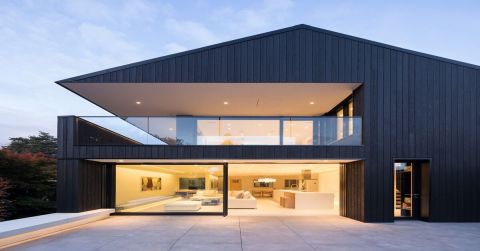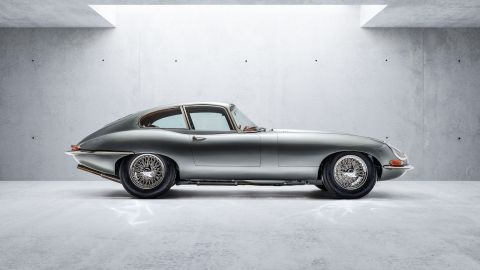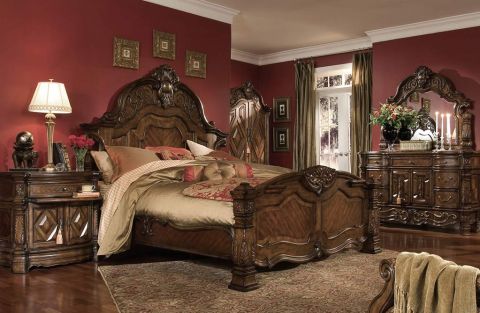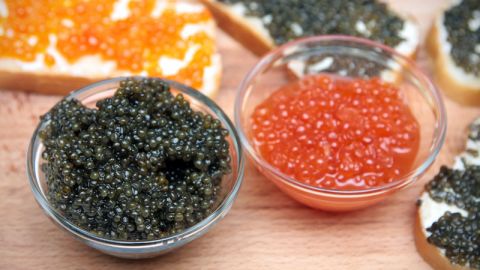Save energy with passive house design
2024-01-10 14:55:39
In passive house design, the cost savings that result from dispensing with the conventional heatingsystem can be used to pay for the upgrading of the building envelope and provide renewable energy heating.

If you are planning to build your own passive house then it is essential that you know as much as possible about passive house design. Passive houses are very well insulated, virtually airtight, buildings which minimize energy loss and improve occupant comfort. Passive house design considers the entire life-cycle of the building and uses a variety of passive building solutions to eliminate conventional active technologies that consume wasteful fossil fuels.
Passive Solar Design
Passive solar design is specifically used to exploit free energy from the sun, to provide warmth. A passive house is orientated so that large south facing windows absorb energy from the sun. The rooms are laid out so that the solar heat is distributed from these windows through the interior of the home. The process of capturing the solar energy is considered to be passive, since the building does not generate the energy itself. The heat energy comes from a natural source and is not generated exclusively by artificial means.
Provide Thermal Mass
Passive house buildings can be constructed from either dense or lightweight materials. In the case of lightweight construction, like timber frame, some internal thermal mass is incorporated. Thermal mass allows dense construction materials, typically concrete, stone, brick or tile, to store the free heat. During the day, when external temperatures are highest, a large thermal mass inside the insulated envelope will absorb the suns heat. When the external temperature cools down in the evening, the thermal mass will naturally radiate that absorbed heat throughout the rooms.
Install Super Insulation
Insulating the building envelope is one of the most important passive house measures as it has the greatest impact on energy expenditure. In the average house, well considered and expertly installed insulation can reduce the amount of heat lost through the building envelope, by at least half. In addition, a high standard of thermal insulation will considerably improve thermal comfort for the building occupants.
Make the Building Airtight
Effective airtightness is another important contributor to passive house design. Warm air leaking from the building is a major cause of heat loss, which results in wasted energy. Improving the buildings airtightness reduces the uncontrolled air flow through gaps and cracks in the building fabric and must be addressed by the designer early in the planning process.
Fit Triple Glazed Windows
High performance windows are a key contributor to the overall efficiency of the building envelope, as they are manufactured to deliver high thermal values. In passive house buildings, it is usual to combine triple-pane insulated glazing, low emissivity (low-E) glass and argon or krypton filled air gaps. Expertly designed and installed triple glazed windows will significantly reduce energy usage and improve occupant comfort.
Make Use of Waste Heat
In addition to using passive solar heating, passive houses make use of the waste heat from lighting, domestic appliances like refrigerators and washing machines, and the body-heat from the occupants of the building.













